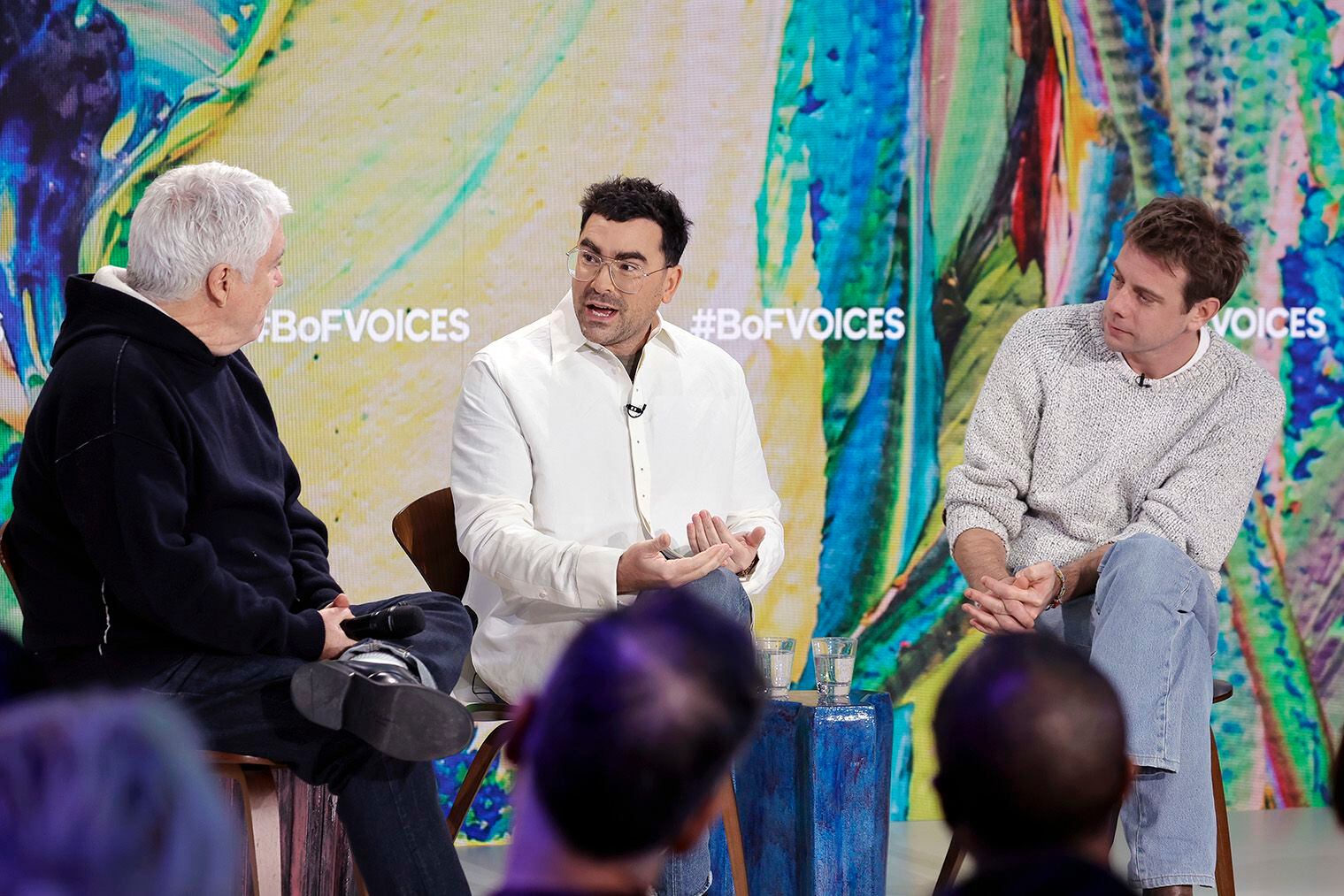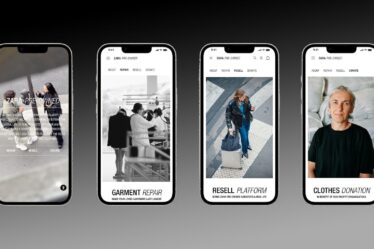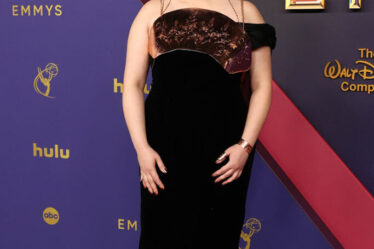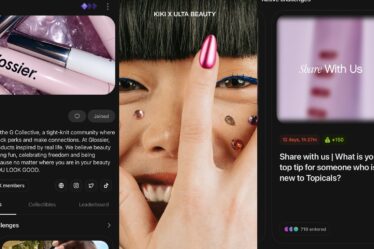
OXFORDSHIRE, United Kingdom — Is creativity in crisis? This was a key question Thursday morning at the The Business of Fashion’s VOICES 2023 gathering.
The power of taking risks, the power of saying no and the power of simply integrating a moment of creativity into each and every day were top of mind as designers, artists, filmmakers, creative directors and more shared their thoughts on the state of creation in an age of artificial intelligence and corporate mediocrity.
The author has shared a YouTube video.You will need to accept and consent to the use of cookies and similar technologies by our third-party partners (including: YouTube, Instagram or Twitter), in order to view embedded content in this article and others you may visit in future.
Artistic director and creativity expert Keith Yamashita, who began his career working for Steve Jobs, encouraged guests to think of themselves as artists.
Yamashita recalled using Polaroid cameras and sketching to empower himself and seek inspiration and optimism when growing up poor, gay and Japanese-American. “As a kid that didn’t fit in, that label of ‘you’re creative’ was my lifeline,” Yamashita said.
He urged people, no matter their profession, to tap into human creativity, integrate art into their work, and to carry tools for self-expression and inspiration with them everyday of their lives. “What will you do with your one wild and precious life?” he asked.
Creative Risks; Commercial Savvy
Creating with integrity in the confines of a commercialised industry — be it show business or fashion — was a key topic of the morning as designer Jonathan Anderson (the creative director of LVMH-owned Loewe and founder of JW Anderson) and Netflix-backed actor-filmmaker Dan Levy spoke on stage with BoF editor-at-large Tim Blanks.
Levy spoke about the power of taking risks. “When you go out on a limb and it succeeds, then you’ll never not have that. It becomes a lot easier to say, well — it worked,” Levy said. “Now I have no problem saying to someone ‘If we can’t do it this way we won’t do it.’ It’s about making sure you fight for the integrity of your idea from beginning to end. You’re the one who has to sleep at night as the one who created it.”
“As the brand gets bigger, the marketing spend gets bigger — and now we have to consider so many different things,” Anderson said. “But I enjoy succumbing to it somehow; to maintain a creative approach while filling a much bigger window.”
Still, working as a creative means “sometimes you have to make the decision to give the audience what they don’t want — to annoy them even,” said Anderson, who sees Loewe as a brand that’s constantly shape-shifting and warned against falling into a formula, no matter how well it works. “That’s when the clock starts ticking,” he said.
‘Pretend to Obey’
Bend, don’t break: creating within constraints can be a matter of life and death for Saudi Arabian artists Abdulnasser Gharem and Halla Bint Khalid. Both are known for subversive works that embed deft critiques of religious fundamentalism and oppressive politics while navigating strict government censorship.
In a context where freedom of expression is limited, freedom of thought is vital. “There are no options, either you obey or you pretend that you are obeying — even though it’s really very difficult to pretend to obey,” Gharem said in an interview with Ahmed Zaidi.
Halla Bint Khalid, another member of Gharem’s studio in Riyadh, spoke about growing as an artist while attracting additional scrutiny as a woman. “I would pretend to be in the picture like everyone else was, but I had to create my own sensibility. I had to find my inner voice and not follow the limiting stories that surrounded me,” she said.
Food Is Culture
Former Malala Fund CEO Shiza Shahid spoke about her journey from running Malala Yousafzai’s education foundation to starting the inclusive cookware venture Our Place. As her line of enamel-coated pots and pans wins over consumers with its candy-shop colours and minimalist shapes, she hopes her brand can also uplift people, both by paying homage to the cooking techniques and traditions of cultures around the world (as well as answering their cookware needs) and by tapping women-owned firms throughout her supply chain.
“We have to be sure we’re investing in a culture not appropriating it,” she said of the brand’s efforts to extend its polished, Instagram-friendly aesthetic to traditional cookware items that are usually absent from designer lines.
Emotional Functionality
British designer Thomas Heatherwick — known for his multi-disciplinary practice melding art, interior design, engineering and architecture — spoke with retail and marketing entrepreneur Ross Bailey.
At school, Heatherwick met resistance from professors when he first tried to blend construction and art. Ultimately, friends and friends-of-friends came out of the woodwork to help him execute his first projects. “Most people are a little bit bored. If you do what appears to be the wrong thing to do, that might be the right thing to do,” he advised.
Heatherwick went on to build structures including a cauldron to hold the Olympic flame during the London 2012 games, or Manhattan’s Little Island, a park constructed above the Hudson River that opened in 2021 and instantly became a New York City landmark.
Heatherwick believes in the architect’s credo that “form follows function”— with one key caveat: “Emotion is a function.” Therefore, the emotional value of a building, for example, is critical.
Crisis of Creativity
“We are facing a crisis of creativity,” said John C. Jay, the marketing legend who has spearheaded the concept of artist collaborations at fashion and retail since the late 1970s.
Working with Marvin Traub at Bloomingdale’s and then Nike’s Phil Knight and Mark Parker, Jay was a force behind some of the most memorable marketing in history. The key to his success: baking true cultural creation into marketing campaigns.
John is now the president of global creative at Uniqlo owner Fast Retailing, where he continues to promote a strategy rooted in connecting business leaders with figures from art and culture to achieve new, better and more engaging communications that put creativity and quality first, something Jay believes is under attack from artificial intelligence and corporate mediocrity.
“Good enough is never good enough,” he said.
BoF VOICES 2023 is made possible in part by our partners Snapchat, McKinsey & Company, Porsche, Getty Images, Invisible Collection and Soho House.
Disclosure: LVMH is part of a group of investors who, together, hold a minority interest in The Business of Fashion. All investors have signed shareholders’ documentation guaranteeing BoF’s complete editorial independence.



